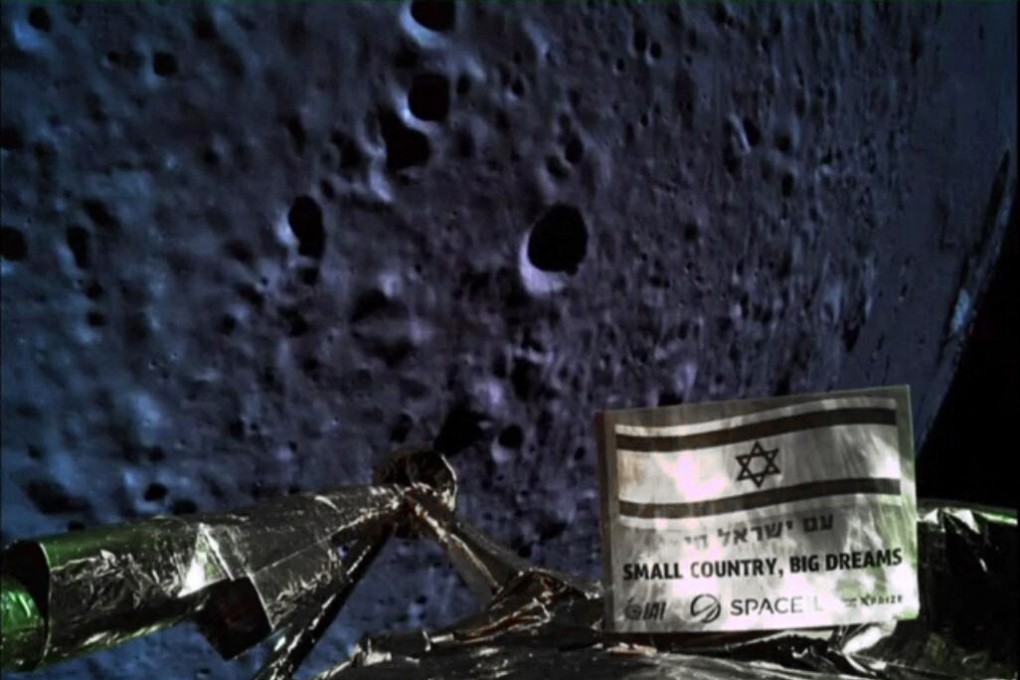Israel’s SpaceIL secures US$70 million for second attempt at lunar mission
- The first spacecraft built by SpaceIL and state-owned Israel Aerospace Industries crashed into the moon moments before touchdown in April 2019
- The Israeli mission hopes to follow China in becoming only the second to successfully land on the far side of the moon

SpaceIL, the non-profit Israeli initiative whose spacecraft crashed on the moon two years ago, said Sunday that it has secured US$70 million in funding to make a second attempt at a lunar landing.
SpaceIL said the new pledges means that it has raised almost all of the US$100 million it estimates is needed for the mission to meet its 2024 launch target.
SpaceIL said the funding would come from South African-Israeli billionaire Morris Kahn, who bankrolled much of the first mission, French-Israeli billionaire Patrick Drahi and South African philanthropist Martin Moshal, co-founder of venture capital firm Entree Capital.
The first “Beresheet,” or “Genesis” spacecraft, built by SpaceIL and state-owned Israel Aerospace Industries, crashed into the moon moments before touchdown in April 2019, falling short in its attempt to become the first privately funded lunar landing.
According to the Davidson Institute, a branch of the Weizmann Institute of Science research university in Israel, the spacecraft suffered a string of technical malfunctions. That included damage to the star trackers, a type of navigation tool, failure of computer systems and engine failure.